|
Sitting outside in the glorious sunshine in March looking at hills with plumes of smoke rising from small bonfires and majestic mountains in the background, I’ve had time to reflect on a few things. First, how our discovery last year of house sitting has opened so many diverse travel opportunities for us and satisfied our thirst for exploration and diversity of existence. And second, how by sharing these experiences with old friends, and new ones we’ve made along the way and, of course, here on the blog, we are in some small way able to relive them, and cement all those feelings (good and bad) to our memory. It was actually in one of these sharing sessions with friends over a few beers that we remembered we had never had a chance to write about one of our favorite travel experiences thus far.
The night before our friends and hosts left on vacation, we hit the subject of Myanmar (Burma), where they had been in 2002, back when few tourists visited, and from which we had just returned 2 months ago. Of course, a note comparing session was in order. Back in 2002, far fewer tourists visited Myanmar. Our friends were the exception. Today, the country has opened up, the number of visitors is creeping up daily, and with local SIM cards and 4G data costing next to nothing, people are touring around more and encouraging others to follow. While Myanmar will always offer great history and spectacular views, as planeloads of foreigners pile in, it will, like most hidden gems, lose something that was once there. One thing we could all agree on was the wonder and beauty that you can still be found in Myanmar to this day, particularly in Bagan, land of over two thousand remaining temples and other religious structures built between the eleventh and thirteenth centuries. It was interesting to us that more English - the de facto language for international travelers - is spoken there now than in the commercial capital, Yangon. Whereas our friends had visited multiple pagodas in a horse-drawn cart, we charged around on rented eBikes. They stayed in rudimentary hostels; we passed multiple large hotel complexes being constructed. It’s not too late though and, if you are visiting Myanmar, it would be criminal not to find the time to hit up Bagan. Here’s what we managed to achieve in a mere 36 hours in this beautiful place.
Yangon to Bagan - the inexpensive way
Everyone told us to fly - a quick one hour journey in the air. So, of course, we had to do the opposite and take the 8 hour bus to Bagan. The overnight ride from Yangon was an adventure in itself. We splurged on the “VIP” bus for an exorbitant US$3 more each in the hope of getting leg room for two 6’5” (1.96m) guys. Of course, we had to be sitting behind the one person who wanted to make our life difficult. Her broken seat, when reclined without care, went almost completely flat and into an area most people would prefer not to place their head. After a polite conversation, she only went halfway down during the first few hours of the trip. But sometime after midnight we were woken up to her protests that she was entitled to go all the way because she “paid extra for that feature” (ahem, 2-3 of her precious euros). After a heated conversation, her pushing her chair all the way back, my knees rapidly thumping the back of her seat, and finally her just laying on the bus floor martyred, we continued on our merry way to Bagan. Finally, we were able to enjoy the most camp-decorated long distance bus we have ever traveled in to date. In retrospect, should we have flown? Verdict: No. The journey alone was an adventure - not to be missed - which afforded us maximum time to explore when we got there. No regrets and lots of dollars saved from same-old boring flights to spend on other travels.
Day One - Early Morning
We arrived at Bagan Bus Station at around 4:30 in the morning. The sky was still dark outside and, for the first time since arriving in Myanmar, we actually felt a chill. After shuffling off the bus and calling our hotel to send the driver over to pick us up we were on our way…That is until we pulled over to the side of the road because we had to pay the Bagan Archaeological Zone Tourist Fee, an actually exorbitant (for Myanmar) 25,000 kyat (US$18/€17) each. Considering we had never heard of it before we were lucky on two counts: 1) To have cell service so we could look it up and make sure we were not being taken for a ride, and 2) Enough local currency to pay for it. They should really get rid of these tourist fees or add them as a tax to the tourist activities because it puts a really bad taste in your mouth to have people badgering you for money when you have just arrived and are still half asleep. Plus most travel horror stories start with a taxi pulling over in the middle of the night in a place you have never been to before and random guys asking you to pay a fee you have never heard of. What if we had been out of cash?
Having dropped our bags at the hotel, too early for a room and still dark outside, we figured why not just go for a walk. We asked the hotel manager for a suggestion on where to go and then headed out in search of the Shwe Leik Too Temple for sunrise. There wasn’t much going on at this time besides the odd person stoking a fire at the side of the road sending plumes of smoke rising into the night sky, or setting up their eatery for the early morning crowd. We were propositioned by the occasional horse-drawn carriage driver, but after being on a bus for 8 hours we just wanted to stretch our legs. We walked and walked until we turned off the road as the sun was about to rise and there, before us, were literally hundreds of pagodas stretching out as far as the eye could see.
Having reached Shwe Leik Too, we saw some sandals outside but no evidence of life. We entered and walked around but could not find where all the owners of the sandals were until we looked up. Several people - mainly locals - were sitting on the roof above in silence, praying, meditating, contemplating. Quietly and respectfully, we ascended a tiny staircase, bent over double to fit through an archway made for twelfth-century humans, and sat under the stars in awe watching the sun slowly rise over one of the most magnificent and spiritual views we have ever experienced. Then, right after the sun, came the hot air balloons which, although an expensive tourist gig, held their own magnificence as they gently rose, one after the other, and drifted away in the gentle wind.
Emboldened by the warm rays of the sun, we continued our journey a couple more miles down to the Ayeyarwady River that separated Mandalay region, which Bagan is in, from Magway region. A bustling outdoor market selling all kinds of fruits, vegetables, and various foodstuffs was getting up and running, and the tourists - albeit most seemed to be from Myanmar itself - were arriving. With a long walk ahead, and before the sun got too high in the sky, it was time to beat a retreat to our modest but excellent small hotel.
Day One - Afternoon
We napped. After an amazing and very full morning of temple spotting, grabbing a quick bite at The Moon all-vegetarian, walking miles and really starting to feel the effects of an “all-nighter” on the bus, we slept. But just a little.
Day One - Evening
There are four ways to explore Bagan. You can walk. We had already done that in abundance and, while mostly healthy, your scope is limited. You can take one of the horse-drawn carriages. Touristy; likely overpriced; who knows where you will be taken (the driver’s uncle’s shop?). You can get pushbikes. Fun but tiring once the sun comes up and it gets hot. Or you can rent eBikes. For 20,000 Kyats (under US$15/€14) for two eBikes for 24 hours it was a no brainer.
What amazing fun. We were mobile. We got to ride around Bagan that evening, sampling the sights and smells, navigating through the hundreds of motorbikes, cars, people, and animals, feeling the wind in our hair as the day cooled off. We visited the Dhamazeddi Pagoda where loud music was playing out of speakers (but no evidence of more than a couple of people); we had our first dinner at a restaurant called Novel; and because we can sometimes be greedy (but remember we had walked mile after mile earlier in the day), we had our second dinner sitting outside at La Pizza on restaurant row (officially Thi Ri Pyitsaya 4 Street in Nyaung-U), keeping warm, as the temperature fell, next to the roadside brick oven that turned out some of the best pizza we have ever had outside of Italy itself. If you are craving good pizza on your travels to Bagan, this is the place to go.
Day Two - Morning
After a quick breakfast of eggs, toast and fresh fruit all included in our US$34 room rate at the very welcoming New Park Hotel, it was time to upgrade our transportation. You see, I had discovered by being left behind that one of the eBikes was much quicker than the other. In an effort not to be selfish and hold him up, I felt the need to upgrade my motor. So it was back to the eBike store, and an incredibly smiley and helpful owner immediately gave us his own without question. Talk about great customer service from the Tet Sein eBike Rental Service (conveniently just up, and on the same side of, the road from La Pizza).
Then, more temples, this time farther afield, lots more. Small ones, larger ones, avoiding in the main the most touristy ones, we toured around in the sun visiting literally deserted structures hundred of years old (yet someone maintained by at least someone with fresh flowers). Many were down dirt tracks; others vibrant places filled with locals and foreigners being sold modern day artefacts (and, sadly, tat). We could list the ones we visited but, to be honest, there is little point. One of the joys of Bagan - and this we suspect will last for a while due to their sheer quantity - is not having to visit the larger pagodas already filled with tourists, their guides, and merchandise from who knows where. With thousands to choose from, just get off the beaten track, explore and enjoy. The chances are that you will be on your own or just bumping into the odd local.
Day Two - Afternoon
Did I mention that we had one of the best pizzas ever in Bagan? Time to go back for more before our short visit came to an end. So back to La Pizza it was. A pizza each and then, just for good measure, a third to share instead of dessert. Shame on us, but to be fair, the alternative tourist-focused food on restaurant row, was no contest. We did learn our lesson though because, as the third pizza came out, a German tourist lost control of her eBike and came crashing into ours. No damage was done to her or the eBikes, but perhaps we should have left after the first round of pizzas.
With so little time and so much to explore, it was then back on the eBikes to get lost just a little more as we rode the long way around Nyaung-U, then took a dirt track to find all kinds of other temples. Now, sometimes the Gods are looking out for you, but here comes a warning. For it was not on one of the dirt tracks, but on a “main” road heading back towards our hotel road that Blair’s battery suddenly and unexpectedly died. What to do, but for him to push the eBike uphill and for me to follow? We still do not know how this happened, but after about 15 minutes our friendly, still smiling, Tet Sein eBike store owner suddenly appeared with a freshly charged bike that he handed over. Had someone seen us and called ahead to tell him? No idea, but we rode off, grateful. Then, not even five minutes later we passed a young couple pushing their shared eBike. Battery dead? Yes. Time to repay the favor. So Blair gave the girl a ride to their store in Old Bagan with me following, while her companion remained with the dead contraption awaiting her rescue once she has collected a fresh one. I am not sure why I was surprised given what had just happened, but then suddenly my battery died as I watched Blair and his passenger disappear off unaware into the distance. Oh well, I guess with hindsight, I should have known that “fuel” gauges, and in particular battery ones, lie when they get low. Luckily it wasn’t too far back to the store.
Day Two - Evening
Conclusion
So ended our 36 hours in Bagan. We arrived in the dark and we left in the dark the next day. Yet in between, it felt like we had covered a week’s worth of really positive experiences and adventures. Bagan is an amazing place - magical, mystical, beautiful. But something tells us that Bagan will lose some of its allure quickly now that tourism is opening up in earnest. While fourteen years ago it must have been even more fascinating for our friends, we are both so glad we made it there in early 2017. If you are planning a trip, go now. It likely won’t be quite as nice, or nearly as cheap, five years down the road
0 Comments
It’s a staple of all must-do lists but is the Yangon Circle Train really worth it?
So far in Myanmar I have not had a more serene moment then about halfway through the circle line train ride. The crowd had dissipated, the landscape flattened, and everyone on the train had quietly agreed to a few moments of peace. As we rumbled along the tracks, no one spoke, no one was selling anything, and I was able to just appreciate everything happening around me...
Getting on the train is a little confusing. There are lots of different ways to secure a ticket and different sources will tell you different things. We managed to get our tickets and board the train without too much trouble, but with more difficulty than usual for a metropolitan train. We arrived by taxi right outside Yangon Central , the main railway station in the city. There is a big ticket booth in the main entrance but you don’t need to stop at it. You can walk around to the left where there is a gate, turn left and head towards the staircase at the end. There are security guards at this gate, so if you need help vaguely give them a circle-like gesture and they will point you in the direction of Platform 7, from which the circle line runs. As you walk towards the stairs you might notice a tourist office to your left. You can go in there but I think it is unnecessary and you may end up paying more for your tickets, but I imagine they have English speakers in there who can help you if you are lost or confused.
Once you reach the staircase go up to the top and walk all the way until you can’t anymore because of a wall. You have reached Platform 7. Go down the stairs to the right and you will see a ticket booth down the platform in front of you. You should be able to pick up tickets here for no more than 250 kyats. You can try getting a 100 kyat ticket, but they seem to automatically sell the 250 kyats “air-con” ticket to foreigners.
The guy at the booth on the platform didn’t speak English very well and there were so many people rushing up to him that we weren’t entirely sure what happened in this transaction. There was a train on the platform leaving at 11:50 that we had intended to get on, but the same guy seemed determined that we get on the 12:20 train, which isn’t on the schedule anywhere (more on that later). I’m not sure if the train running was full, (although I don’t think so because we saw 5-10 people buy tickets and run to the train) or if the 12:20 train was supposed to have air conditioning (also more on that later), but we ended up waiting for the 12:20. There were people around we tried to ask but they seemed just as confused as us. It also seems that different types of trains run on the circle line at different times, and that might affect the price, but this is not posted anywhere.
Suffice it to say this doesn’t seem to be the most well-organized train station or system in the world. That said, it was lively and fun, and it was nice to observe for a half an hour. We noticed some other foreign-looking people coming to the track and figured that was a good sign we were in the right place. But then things took a turn for the worse. We saw a big group descend the stairs with what looked like a local guide complete with flag to wave in case people got lost. I was suddenly less excited to get on the train.
12:20 did eventually come around eventually but no train came to the platform. What did happen was: (1) A train arrived three platforms over. (2) All the local people crossed the tracks to get to it as an announcement was made in Myanmar language. (3) The tour guide started taking people across the tracks too. (4) Suddenly the rest of the foreigners were racing across the tracks to get the train. We also had to cross the tracks towards said train, walk down the track and along a fence that divided us from the platform, walk in front of the train (not knowing when it could start to move), then race ahead of the tour group to get on the last car on the train at its other far end which looked less crowded. And a good thing too because the last of that group just made it on as the train started moving.
Getting on a crowded train with a bunch of other tourists wasn’t exactly my idea of an “authentic” Yangon experience, so I was pretty miserable standing on the crowded train in the heat for the first 20 minutes or so. But slowly the mob started diminishing and we were able to grab two seats. Then the tour group got off at one of the earlier stations and the train was looking a lot more attractive. The scenery was changing as rapidly as the crowd and we were finally able to relax and settle into the upcoming journey.
Our train was actually a lot more comfortable than I had prepared myself for. The “JR” signage on the car, and writing in Japanese implied it was used Japan Railways stock. We had nice padded seats all along the sides, loops overhead if you were standing, and fans spread evenly across the ceiling hitting you with a nice breeze every so often. The ride was certainly bumpy at times but the cushioned seats really helped. I don’t know if this was officially “air-con” class, but it was fine by me as we had planned to ditch the A/C anyway. It has been implied that all the air conditioning units have been removed from the trains due to the Japanese equipment malfunctioning in the Myanmar heat, which wouldn’t surprise me. Or perhaps A/C means ceiling fans combined with windows that opened and sun blinds.
The ride itself was quite entertaining for something that amounts to sitting on public transit and people . watching for 3 hours. There was a lot to see out the window to keep you occupied, and you get a pretty good idea of life outside the center of the city. Most of the time will be spent in the suburbs of the city, so don’t get the idea that you will be seeing authentic untouched villages or anything like that. You’re more likely to see an expat walking through their neighborhood. Despite that though, there are some interesting sights with people going about their daily life.
One of the stations is surrounded by a lively market, and at this stop, many people were bringing on, or dropping off, huge bundles of produce. There are some stops that are so quick, and the station so small, you might blink and miss them. People wave as the train goes by and it’s fun to wave back especially when they see faces that are quite different from their own. You can feel free to get off the train at any time with your ticket; there don’t seem to be many rules about that.
We found the most interesting part of the journey to be just around the second major turn in the oval shaped track. It’s very peaceful here with the clear land, trees, and very few people or houses around the train.
You will also see lots of vendors selling their wares up and down the train cars. They are very polite (if occasionally loud) and not normally pushy at all. The stuff they are selling looks great. I was most tempted by the corn on the cob that I could smell coming a car away. I noticed most of them are very friendly with the conductors and police officers on the train and would offer them something from their basket - the officials didn’t seem to take too much advantage though.
As the train rolled around and came to a stop again at the Central Station. We both felt happy, relieved, and quite satisfied. What was supposed to be just a simple train ride had actually turned out to be an emotional rollercoaster, but not in a bad way at all. So was the train ride worth it? Definitely, no it’s not a life-changing experience, but for less than $0.20 USD I can think of a lot of worse ways to spend 3 hours.
My Advice For The Train -
A lot of foreign investment is being put into the rail lines in Myanmar. Train cars for the long distances routes to places like Mandalay are being built and brought from China and soon to be produced here with Chinese technology. I also just read today that the line is going to get an upgrade, funded by a loan from the Japanese International Cooperation Agency, to improve the track, amenities, and cars. This upgrade will also shorten the journey to two hours and probably increase the price. So it may not last for many more years in its current state. While improvements are much needed for this system to be on par with most major cities, it was still nice to get what feels like a classic experience - the only thing that was missing were steam engines! I’m sure it will still be great after the improvements but get on in the next few years if you want to experience it how it is today.
How to Get There - If you’re coming by taxi just say the "Yangon Railway”. If you’re coming from Downtown walk north on Pansodan street and one the left side of the street there is a covered walkway on the overpass. About halfway through you will see a staircase that if open will take you straight down to Platform 7. Train Stops - Information and Maps ...accuracy varies. Times - The first train leaves at 6:10 am (06:10) and they depart the station every 45 mins - 1 hour until just after 5:10 pm (17:10). Cost - 100-250 kyat. Our taxi also paid 200 kyats to the security guard to get into the drop-off area outside the station, not 100% sure about this but for a few cents I wasn’t going to argue. Have you been on the train? Was your experience similar to ours? Are you tempted to get on the train now and experience Yangon? Have updated information about the train? Let us know in the comments.
The newly opened Night Market on Strand Road is a perfect place to spend an evening (or two) while in Yangon. Opened in November 2016 by the Yangon City Development Committee, it’s a buzzing strip of vendors and street-food carts where your senses are overloaded wiht sights and smells. There is Myanmar cuisine cooking, families chatting over whole grilled fish, and the occasional unidentifiable product being sold from the many many market stands along the way.
The market stretches for about a mile and a half along Strand Road from the intersection with Pansodan Street to the east and Wa Dan Street to the west. The busiest area seems to be centered around the CB Bank Head Office which is a big building with neon rainbow colors on the front that can't be missed. You can walk freely along the entire length and you don’t have to cross any roads or intersections as the whole area is blocked off and protected from the traffic on the road. We walked the whole length and it definitely makes for a good workout.
We went on both a Monday and a Thursday. Even though it was Monday the first time it was still relatively busy in some parts so I imagine you’d have no trouble going any day of the week. It’s actually probably better to go earlier in the week as the market can get very crowded and the small area they have partitioned off for walking can become a challenge with people strolling then stopping every few feet, children playing, and the general bustle getting in the way. It’s best to go on a day you are feeling... patient.
Although it was pretty busy we actually saw very few tourists when we were there, maybe two or three groups total, and the vendors, especially on the outskirts of the market, gave the impression they still don’t see many these days.
You will see a lot of similar looking stands selling the typical Myanmar street food: mohinga, skewers, samosas, fried fish cakes, dosas, tea (of course); but there are also a few rarer finds like smoothies, cotton candy, lobsters, and something that looked like fried crickets. One of my favorite places was the pop-up pub which had set up a satellite dish to show football (it was packed of course).
The fruit and vegetable stands look amazing. The produce looks so delicious: huge avocados, succulent oranges, colorful dragon fruit, you name it. There were definitely some fruits I have never seen before and couldn’t even begin to tell you what they taste like. There were also places where they were cooking fresh fish right off the ice, what a treat!
The prices are extremely reasonable and there don’t seem to be any tourist prices as of late. Lots of dishes come in under 1000 MMK ($0.75 USD) or even less. If you’re concerned just follow someone who is getting what you want and pay what they pay.
To coincide with the opening of this new market the government has also been pushing for improved hygiene practices among street food proprietors and I don’t think foreign stomachs would have a problem with any of the freshly grilled or fried food as long as it’s cooked well, and in front of you. Just be careful as people often like to touch prepared product to make sure it’s to their liking, so make sure if you do order something pick out the one you want to be cooked or ask for something that’s being made now. I wouldn’t suggest eating anything you don’t see prepared, but life is about risk, is it not?! (Maybe not.)
Getting to and perusing the market isn’t a risk at all. If you’re staying downtown it’s so easy to walk there; just head south and you will run into it. If you’re not Downtown just ask your taxi driver to take you to Strand Road, if he heads to The Strand Hotel that’s fine too. If that doesn’t work just say Sule Pagoda and it’s a quick walk from there to the market. It’s well lit, with CCTV, and nice new bathrooms (with attendants) placed in convenient locations along the walk. The whole thing seems very safe and organized but still authentically hectic. It was reported some of the vendors were concerned about business dropping before making the move, but from the number of people we saw even on weekdays I don’t think it will be much of a problem. Plus the traffic improvements from moving the stalls off of the main downtown streets must be tremendous.
The market is open every day from 15:00 (3:00pm) until 23:00 (11:00pm) but people start to close up shop earlier depending on the day and the rush.
|
The Roaming BlogFrom Europe to Asia. From cities to villages. From mansions to cottages. Follow us on our journey as we celebrate a new type of travel - House Sitting. Learn how to start you house sitting career, tips for making the most of your travel, and the tricks for being the best house sitter you can be. Categories
All
Archives
July 2017
RSS for Chrome - Get the extension here if using Chrome web browser.
|


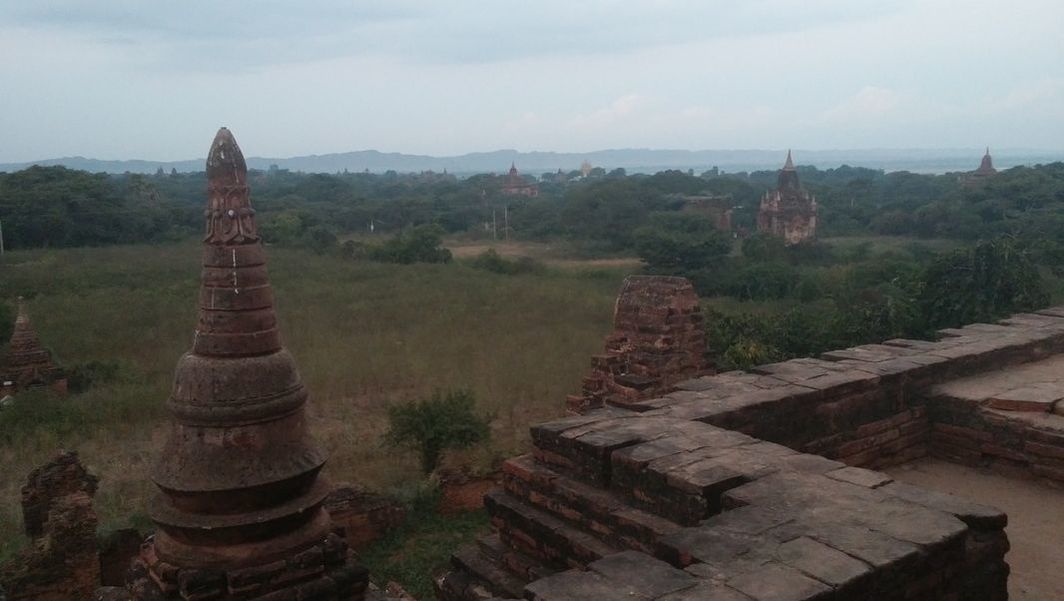
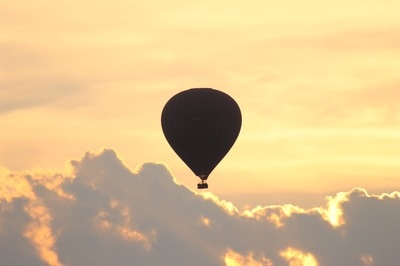


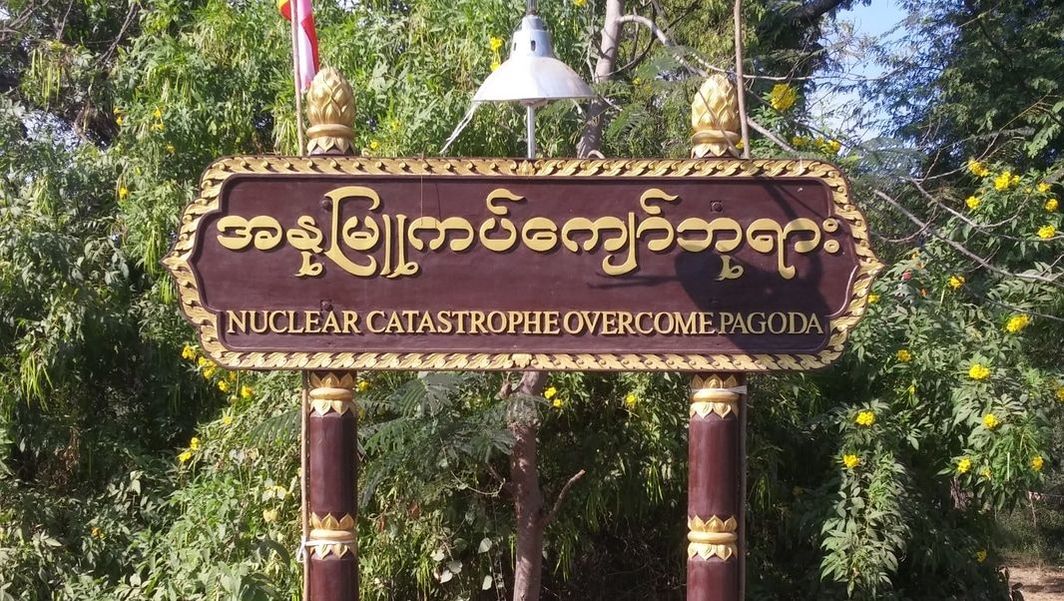


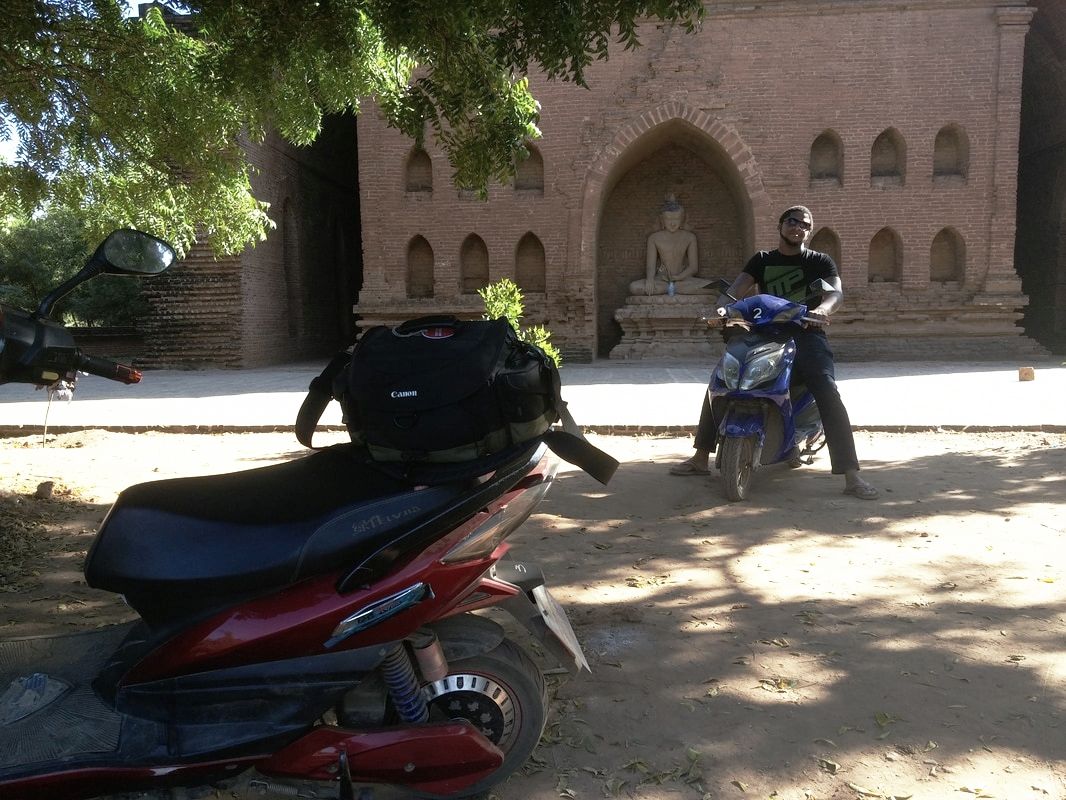
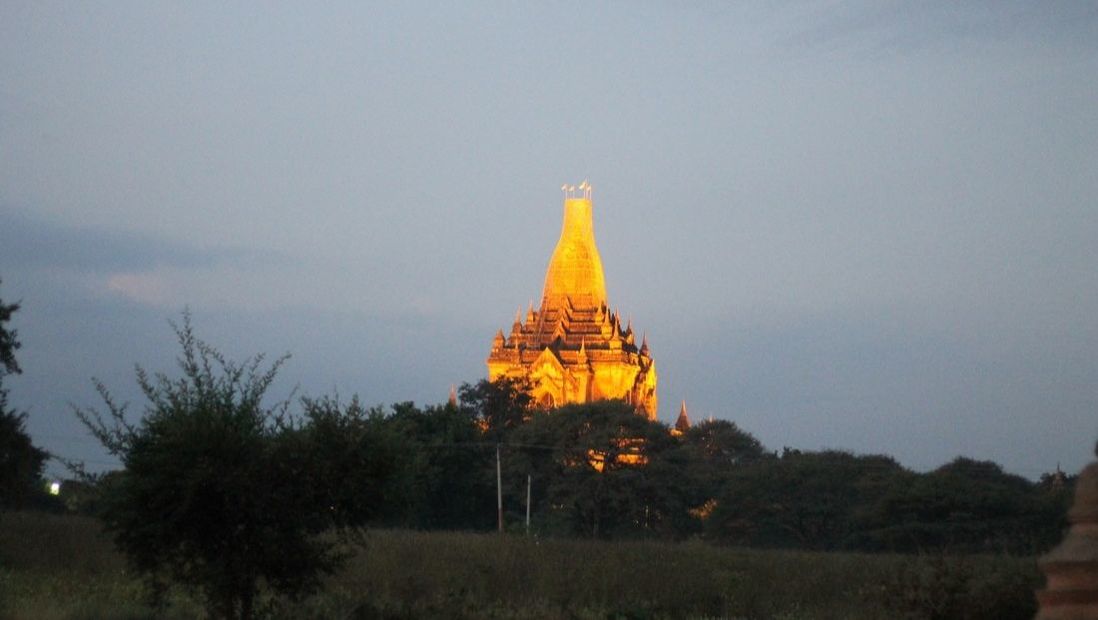



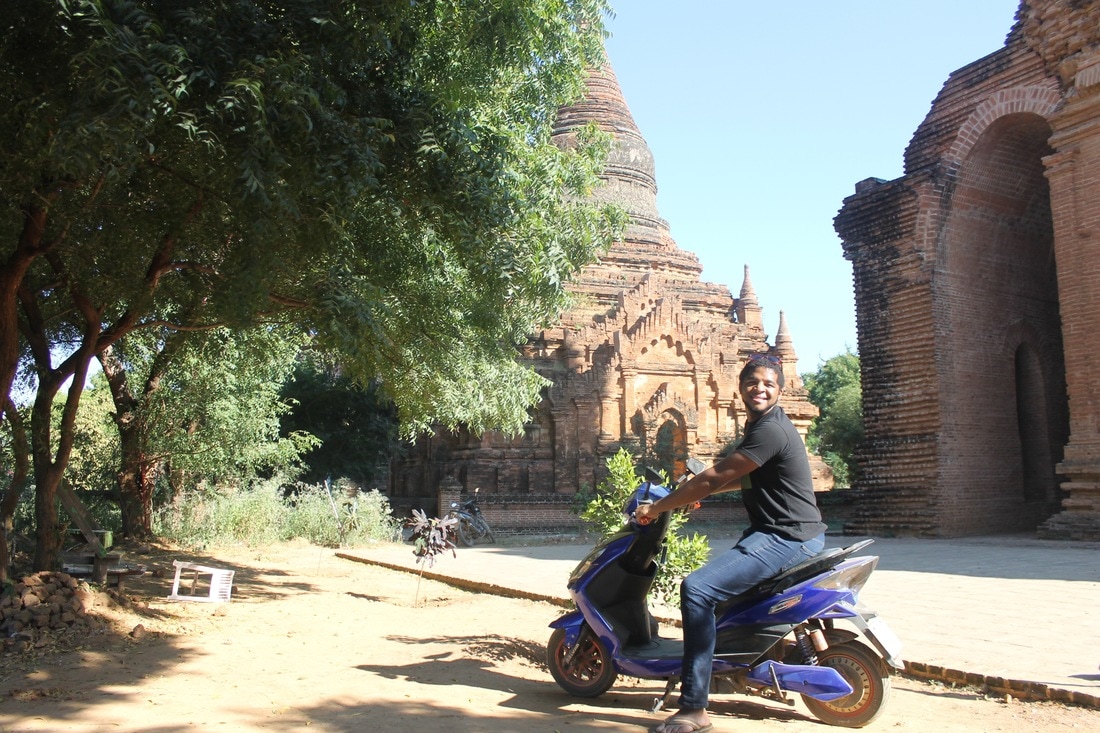
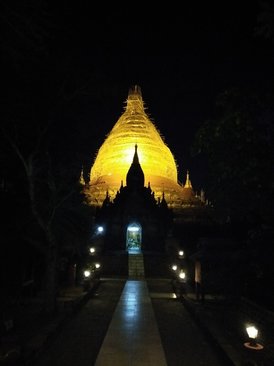


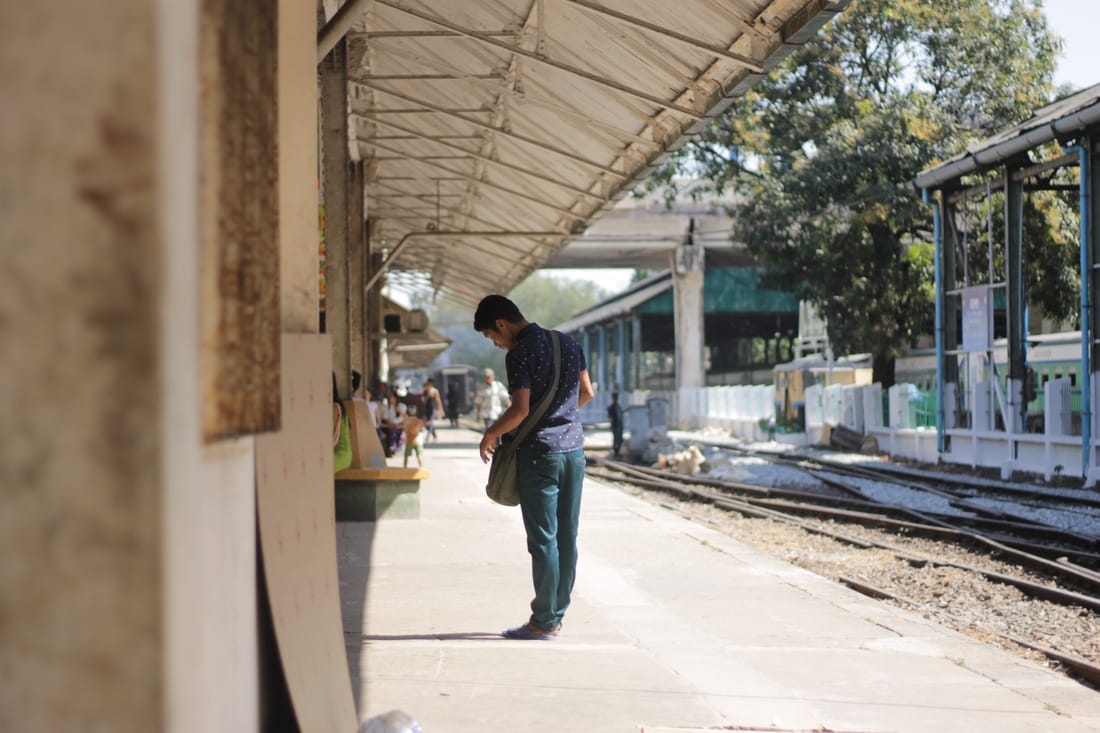




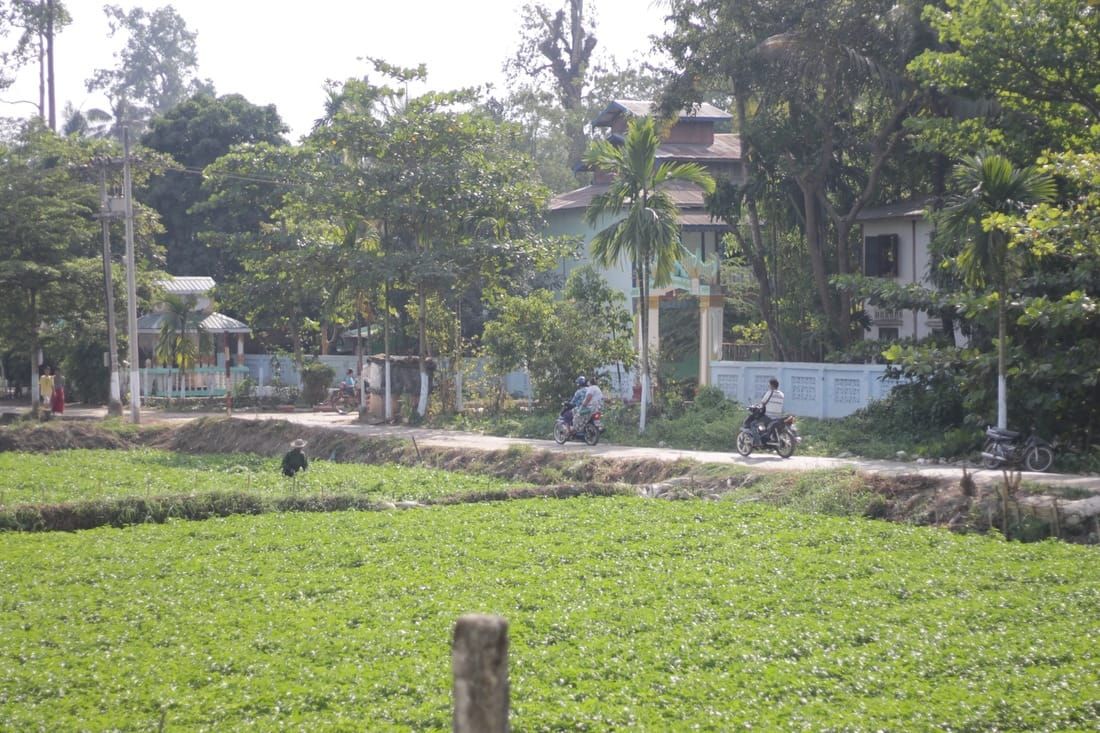


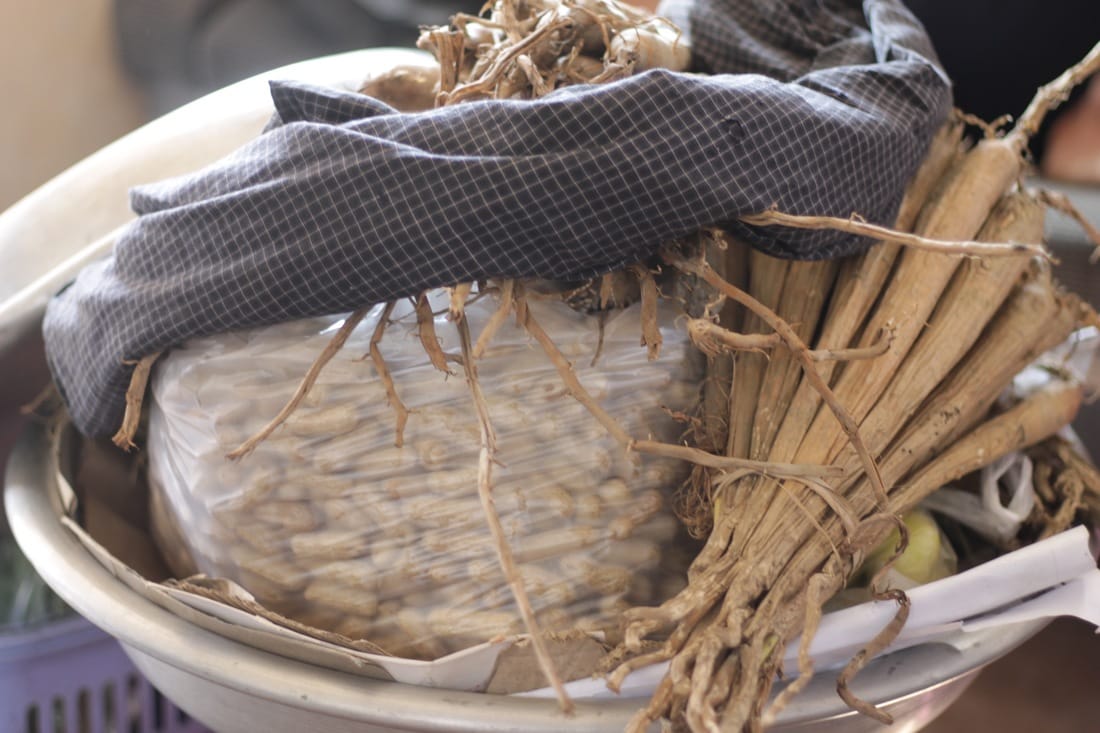

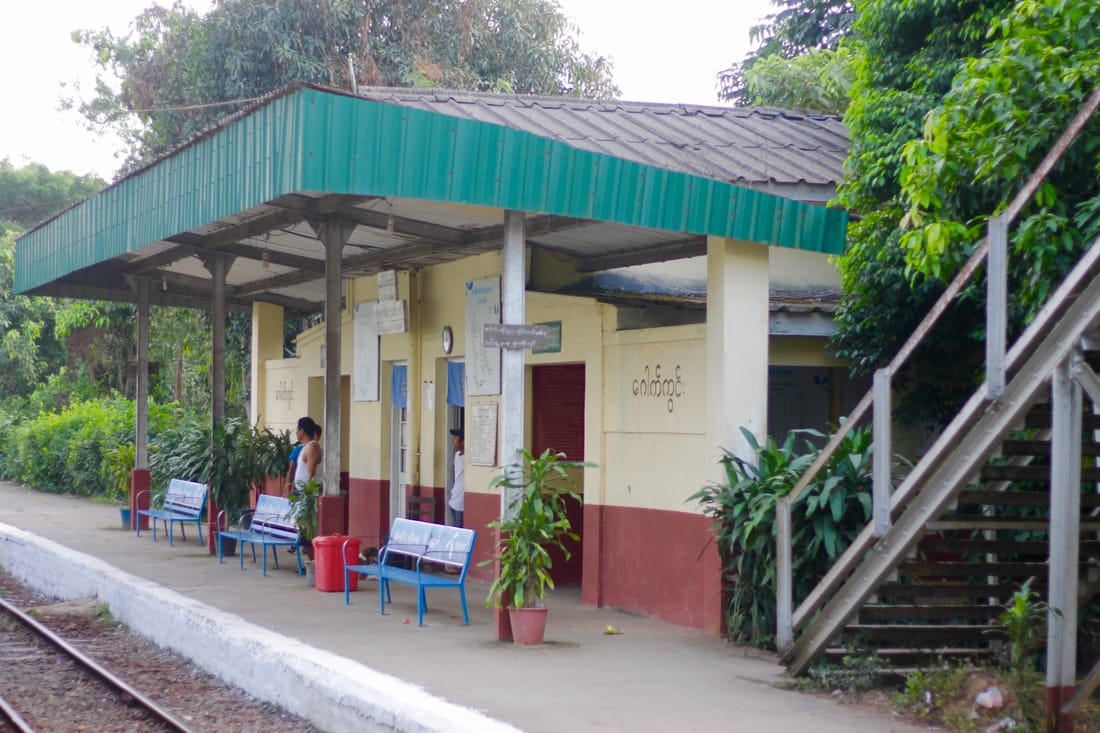
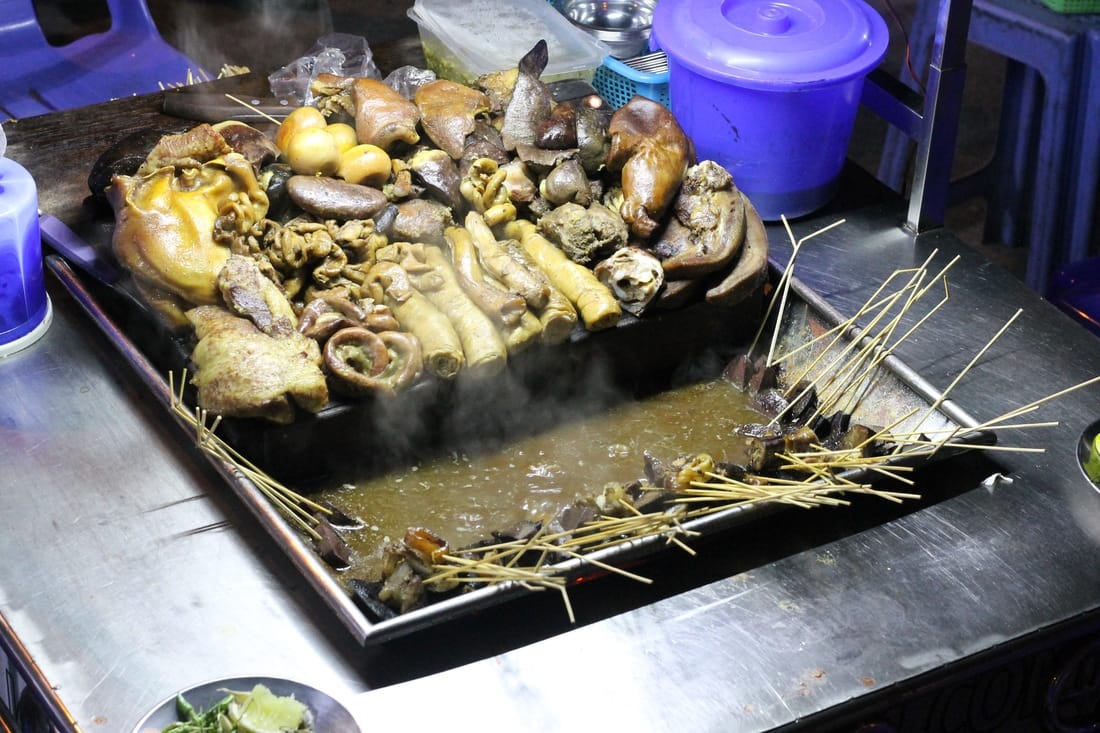
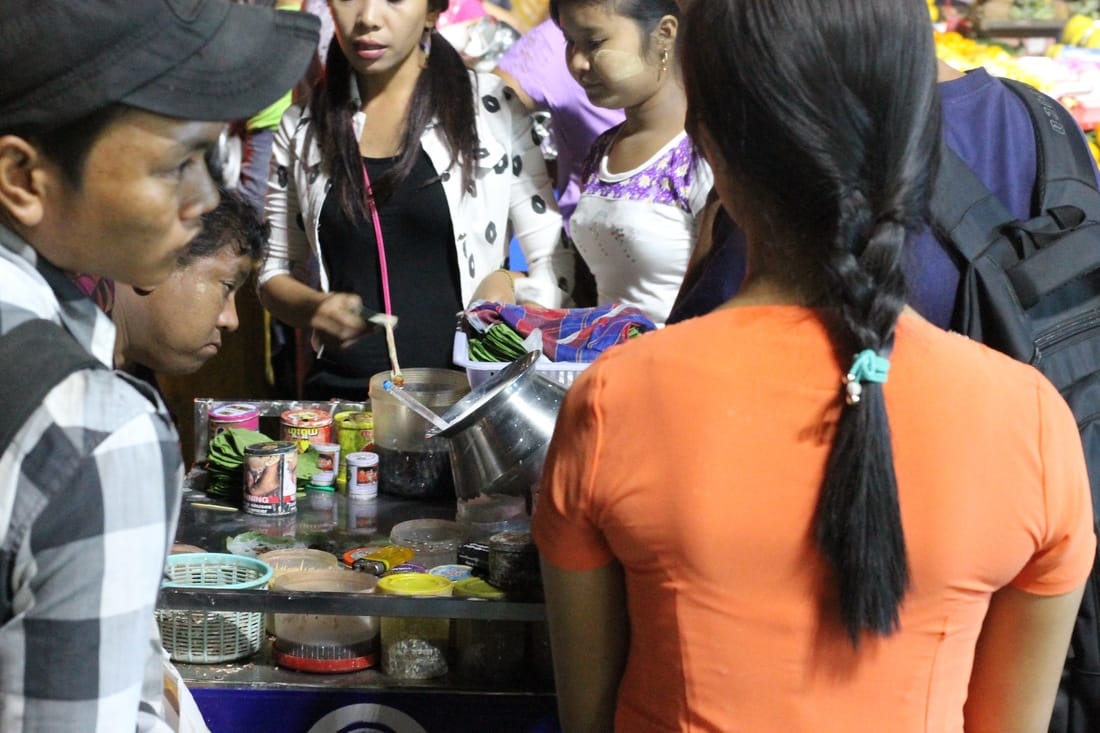

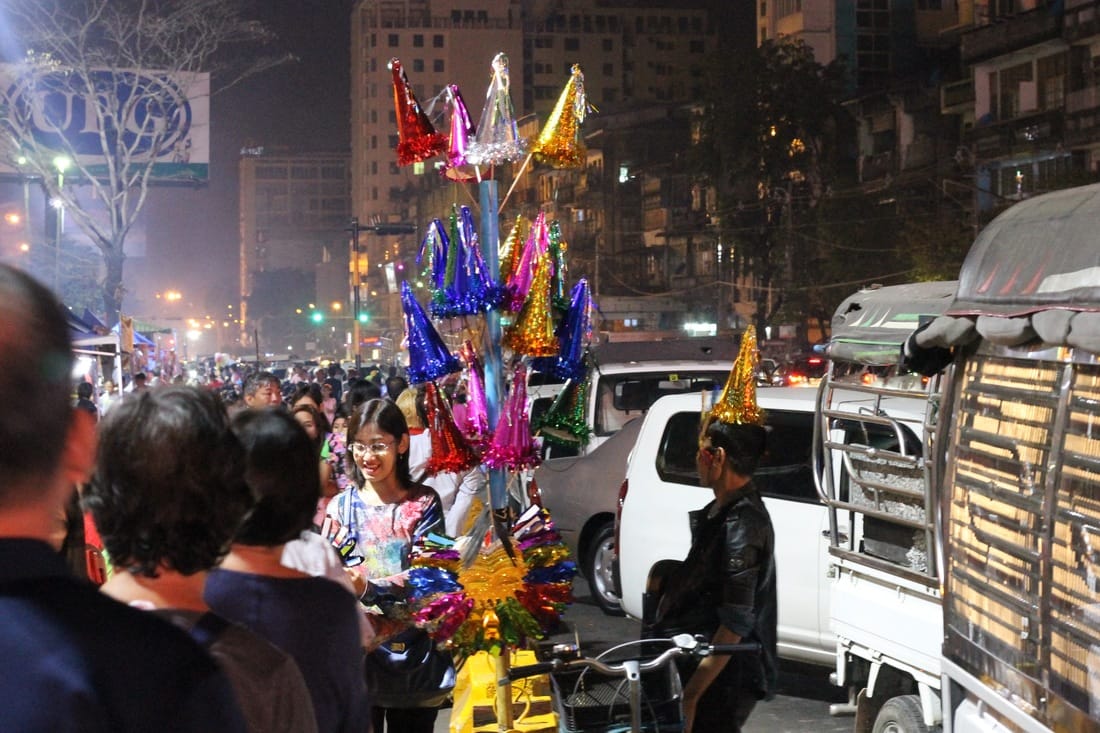








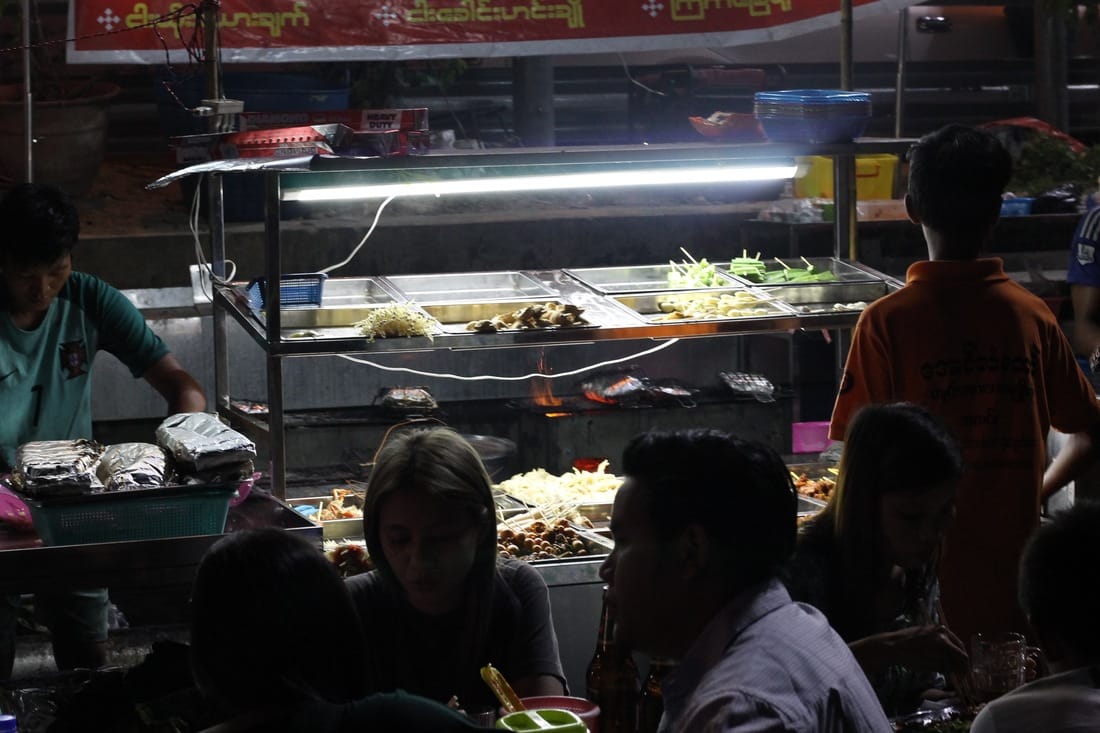
 RSS Feed
RSS Feed
